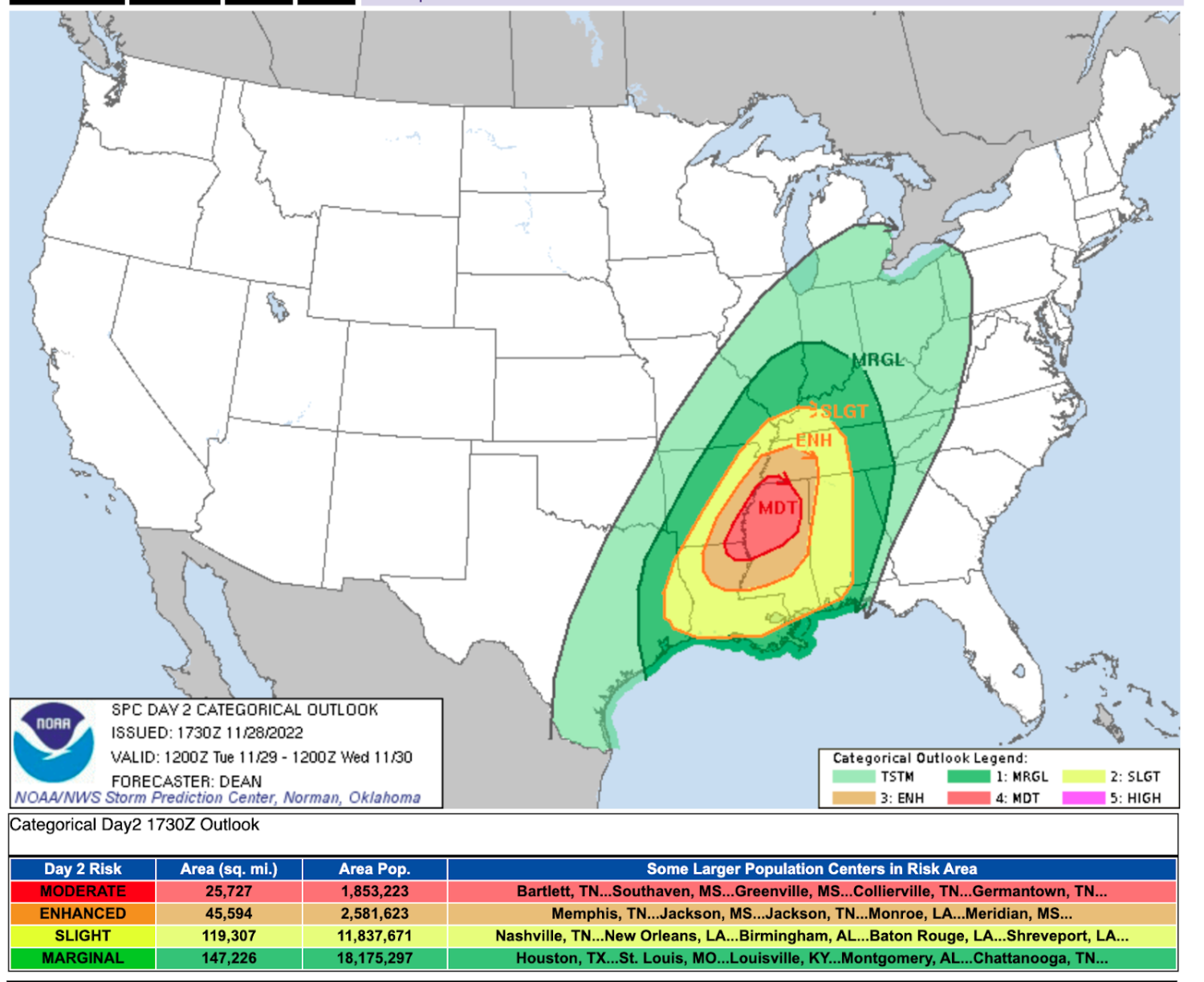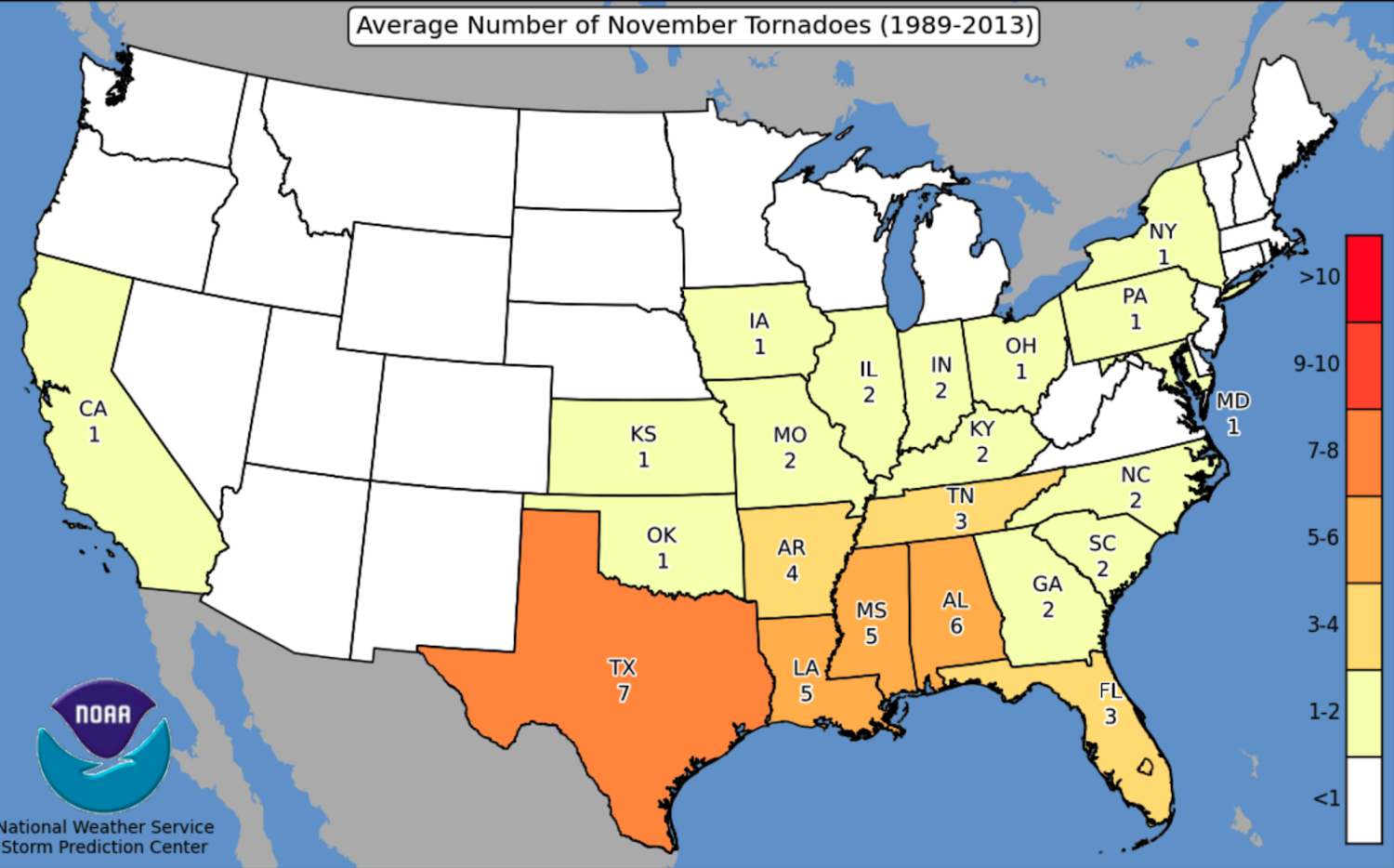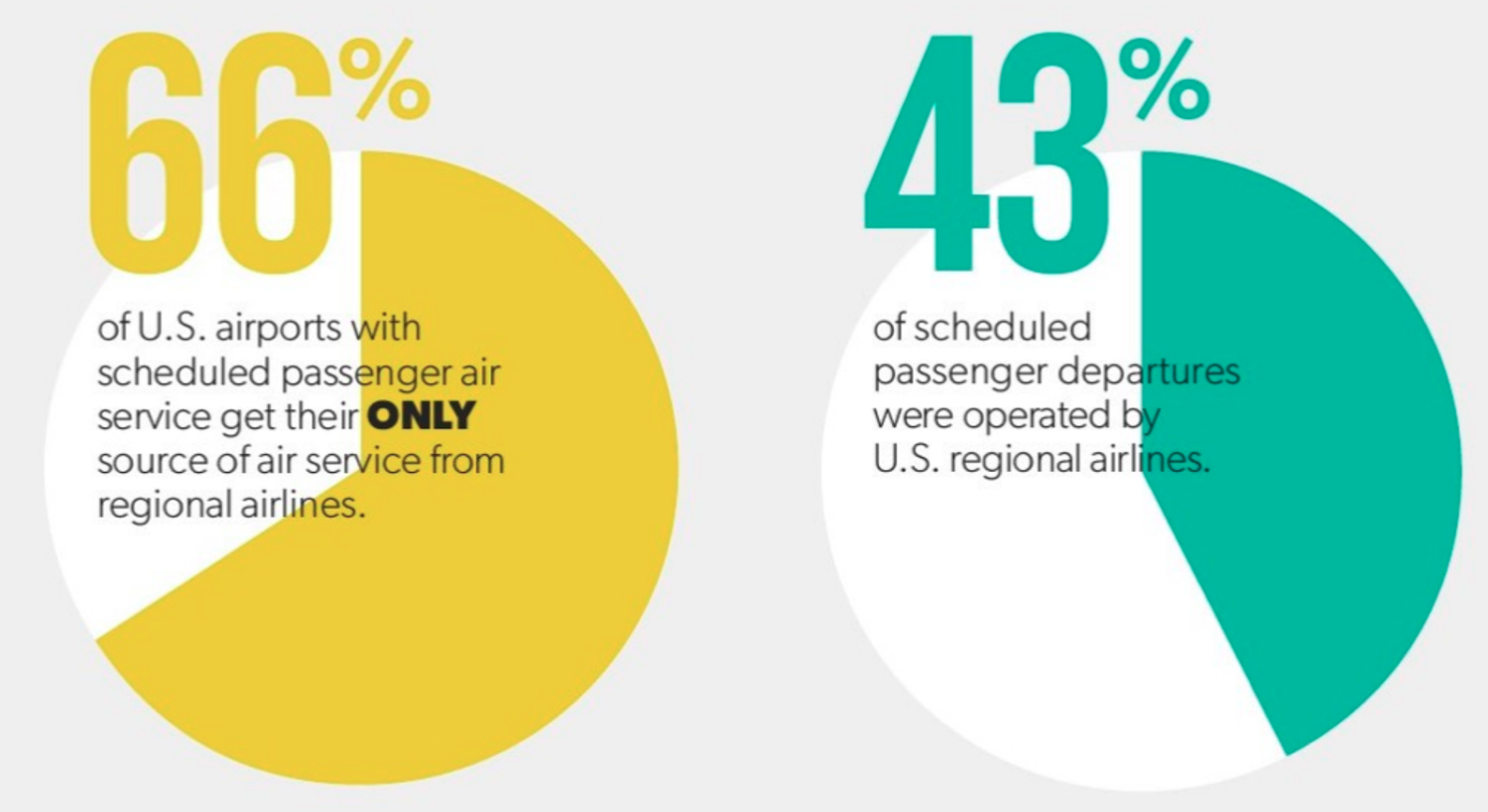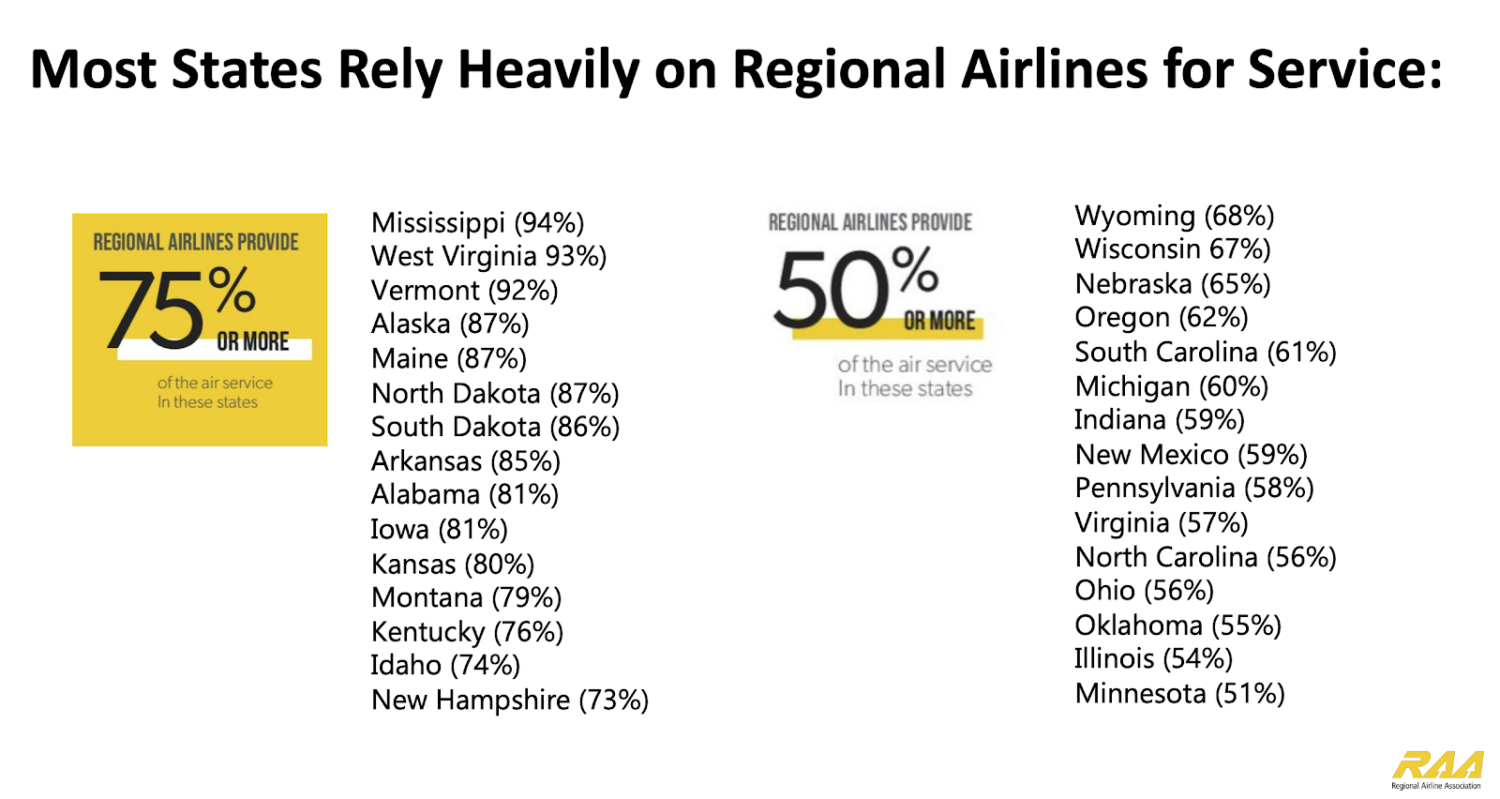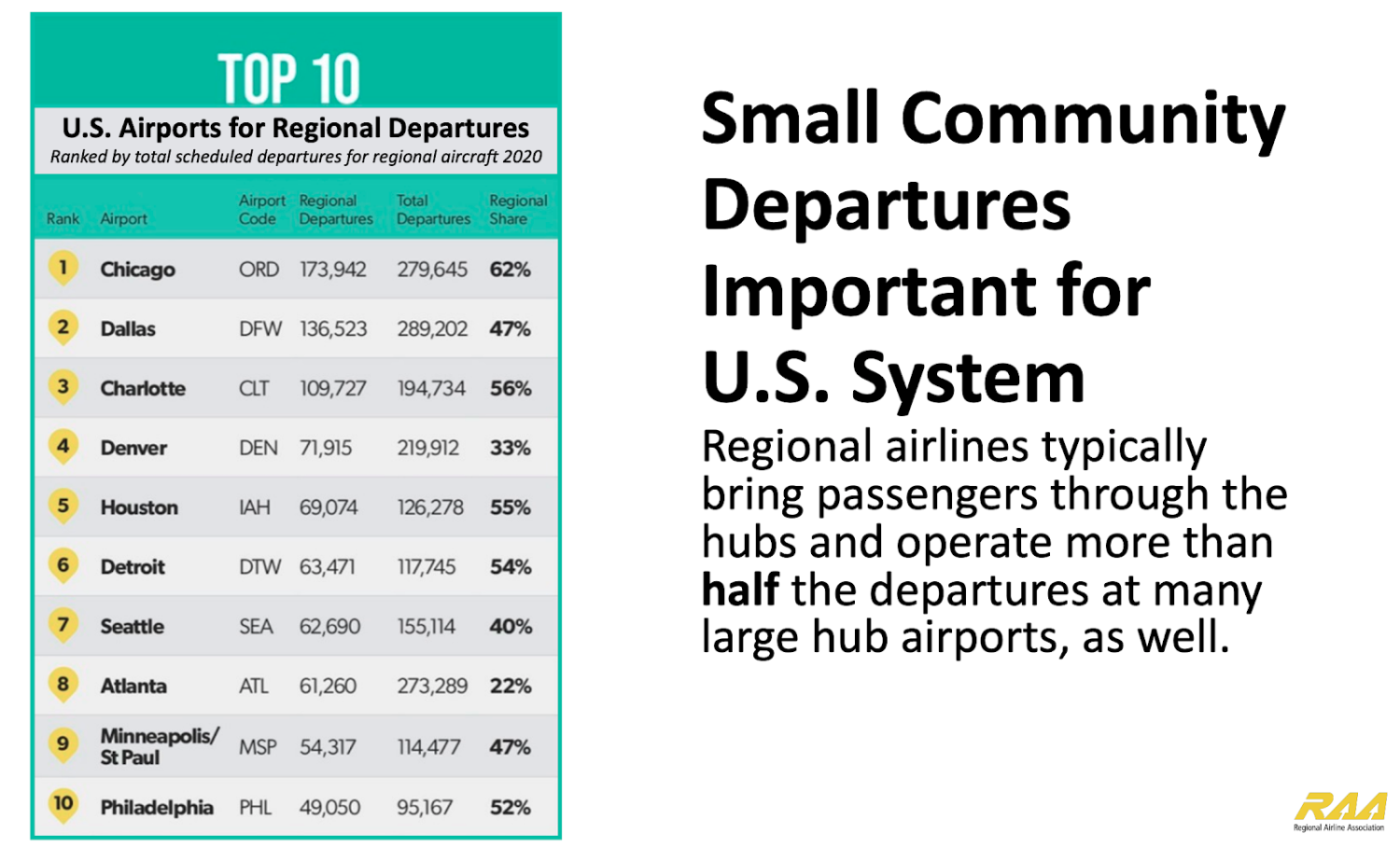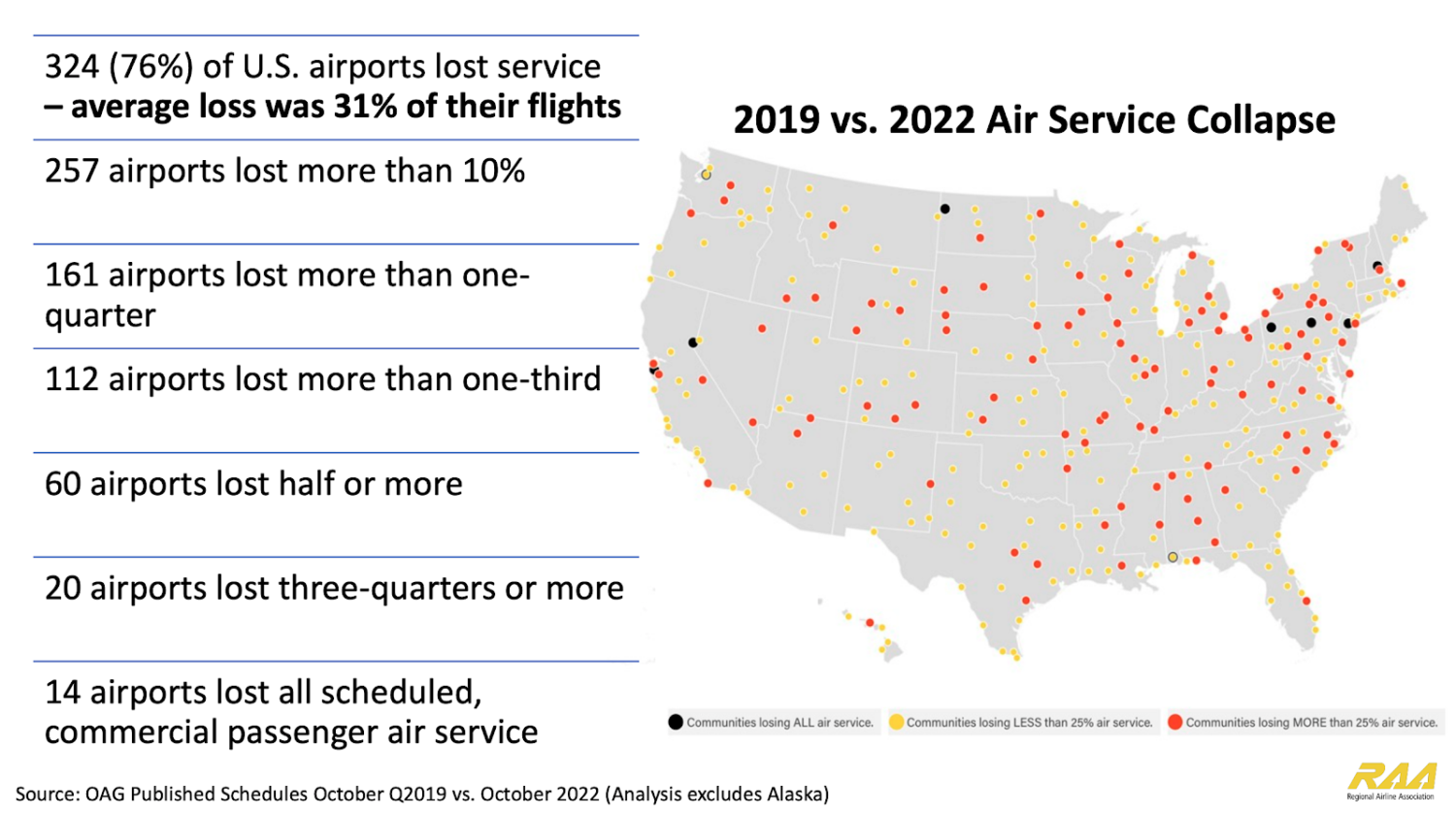
The Morning Meeting with Al Tompkins is a daily Poynter briefing of story ideas worth considering and other timely context for journalists, written by senior faculty Al Tompkins. Sign up here to have it delivered to your inbox every weekday morning.
More than 30 million people from Texas to Georgia to Indiana are in the path of what forecasters say is extreme weather today, including a severe risk of tornadoes.
The National Oceanic and Atmospheric Administration’s Storm Prediction Center said that by this afternoon and evening, “A few strong/long-track tornadoes will be possible.”
The color-coded chart above shows where the likelihood that severe storms will occur, and you can see that Memphis and Jackson, Mississippi, are both at a Level 3 likelihood to experience a severe storm.
“We are fairly confident that there will be multiple tornadoes on the ground from late Tuesday (afternoon) to early Tuesday night,” AccuWeather Chief On-Air Meteorologist Bernie Rayno said. “People should take this threat seriously.”
You might think that these strong storms are unusual for this time of year, but that isn’t so. Add up the average number of tornadoes in the U.S. and you will see that we can expect around 54 tornadoes each November. But these long-track tornadoes, the ones that stay on the ground for miles and miles are the kind that could be big trouble tonight.
This line of storms and the long warnings about it may remind you of the December 2021 tornadoes that ripped through Kentucky. But, AccuWeather experts say there are some differences this time:
Compared to the tornado outbreak from December 2021 in much of the same area, the setup during the last days of November 2022 is not quite as intense. One big difference is that temperatures will be some 10-20 degrees lower this time and the air will not be quite as humid ahead of the thunderstorms.
There is a chance that the worst weather may come after sundown, arriving in the dark. I will be thinking of all of you journalists in the path of this storm system today. Be excellent. Be factual. Stay safe.
Biden asks Congress to prevent a railroad strike
President Biden asked Congress to step into the bitter labor dispute that threatens to burst into a full-blown national railroad worker strike after Dec. 9. It is a big change of position from Biden, who has consistently been a friend to unions and as a senator opposed Congress getting involved in contract disputes. Thirty years ago he was among six senators who voted against getting involved in a 1992 rail strike.
But on Monday, Biden said there appears to be “no path to resolve the dispute at the bargaining table.” Biden said both sides should stick to what they negotiated earlier as part of a tentative agreement.
“Some in Congress want to modify the deal to either improve it for labor or for management. However well-intentioned, any changes would risk delay and a debilitating shutdown. The agreement was reached in good faith by both sides,” he said.
Biden said that “… we cannot let our strongly held conviction for better outcomes for workers deny workers the benefits of the bargain they reached, and hurl this nation into a devastating rail freight shutdown.”
Politico says House Speaker Nancy Pelosi said the matter would likely come up for a House vote this week. Politico added that Republicans are more likely than Democrats to get involved in preventing a strike, which might create the odd dynamic of the GOP backing the President’s request while Democrats oppose it.
Congress could get involved in a number of ways. Labor disputes in the railway and airline industries are governed by the Railway Labor Act (RLA). The Congressional Research Service lays out how Congress might get involved:
If the unions do not agree on new contract terms or an extension of the cooling-off period before it expires, either side may engage in work stoppages. If this occurs, workers in other unions might refuse to cross the picket line, expanding the stoppage. In the last freight railroad dispute that involved a Presidential Emergency Board, the final cooling-off period was extended several times without congressional involvement before a new agreement was reached in April 2012 without a strike or lockout.
On several past occasions, Congress has intervened in labor disputes by enacting legislation to delay or prohibit railway and airline strikes. For example, in 1986, Congress passed P.L. 99-385, which extended the final cooling-off period by an additional 60 days to allow the unions and the Maine Central Railroad to continue negotiations. In 1992, P.L. 102-306 required Amtrak and Conrail to enter into arbitration with unions representing their employees in an effort to resolve various labor disputes. Additionally, Congress has from time to time enacted legislation requiring the parties to a railroad labor dispute to submit to another emergency board or to accept a board’s recommendations.
In short, Congress’ actions could include:
- Pushing back the strike deadline and requiring the companies and unions to use an arbitrator;
- It could enact the contract deal that was agreed to but not approved by the rank-and-file union members;
- It could do nothing.
Why Dec. 21 is important to immigrants and states
Fifteen states have gone to federal court to maintain the current policy of quickly expelling migrants coming over the U.S.-Mexico border. The policy began during the pandemic and is set to expire Dec. 21. Attorneys general in Arizona, Louisiana, Alabama, Alaska, Kansas, Kentucky, Mississippi, Nebraska, Ohio, Oklahoma, South Carolina, Texas, Virginia, West Virginia and Wyoming filed the motion trying to keep Title 42 enforcement in place. Without it, they say, immigrants will pour over the border.
The expulsion policy is contained in Title 42 and a federal judge ruled earlier this month that it will end soon because it is “arbitrary and capricious.” The quick expulsions began under the Trump administration. Thousands of migrants who would have been allowed to enter the U.S. to seek asylum were not allowed across the border. The 15 states say that if the U.S. lifts the Title 42 measures, immigrants will pour over the border. Title 42’s enforcement has roots in the CDC’s concerns over COVID-19 spreading from unvaccinated immigrants. But in April, The CDC said that new therapeutics and effective vaccines made Title 42 enforcement unnecessary.
Prior to Title 42, all migrants arrested at the border were processed under immigration law. Thousands of migrants sent back to Mexico have been waiting along the border in shelters. The U.S. Border Patrol sent nearly two and a half million people to Mexico or back to their country of origin under Title 42 actions. The enforcement also includes disallowing those who are expelled to be considered for asylum. For some migrants trying to enter the U.S., that provision is the most punishing.
Critics of Title 42 enforcement have claimed all along that it was an anti-immigration rule hiding as a health concern. American Civil Liberties Union attorney Lee Gelernt, who argued the case, said in a statement, “Title 42 was never about public health, and this ruling finally ends the charade of using Title 42 to bar desperate asylum seekers from even getting a hearing.” =
When it appeared the enforcement might end, a couple of dozen Republican governors went to court to keep it in place. But the end may be in sight. This is an issue that will grow more heated in the next few weeks, count on it.
See additional new reporting from Politico, AZCentral, MSNBC, DailyMail,
Airlines dumping regional airport flights
A lot of you likely noticed last week how difficult it is to fly into midsized cities these days, but you may not realize how much of the country depends on regional flights.
Of the 430 airports in the continental United States and Hawaii that offered commercial passenger service before the pandemic, 76 percent had fewer flights scheduled in 2022 than in 2019, according to the Regional Airline Association.
Smaller airports lost “a dramatically higher percentage” of their flights than larger airports, Faye Malarkey Black, chief executive of the association, wrote in an email. Those airports lost an average of 34 percent of their flight traffic while larger airports’ schedules shrank an average of 16 percent.
This September, American Airlines ceased flying to Ithaca and Islip’s MacArthur Airport in New York — as well as Toledo, Ohio, and Dubuque, Iowa — bringing the total number of airports where it has canceled service to 15. The airline says it has 100 regional jets parked because of a lack of pilots. United Airlines is ending flights to Lewisburg, W.Va.; Clarksburg, W.Va.; Weyers Cave, Va.; and West Paducah, Ky., this fall. Delta has not returned to 10 of the airports it left in May of 2020, including Flint, Mich., and Lincoln, Neb.
The Regional Airline Association says a pilot shortage is a key reason that airlines have cut back:
The Regional Airline Association (RAA), which represents the airlines that provide 43% of scheduled passenger flights in the U.S. and offer the only source of scheduled air service to most of the country, announced the ongoing, severe pilot shortage has led to diminished or lost air service at 76% of U.S. airports, according to OAG published schedule data for October 2022 compared to the same 2019 period.
“We now have more than 500 regional aircraft parked without pilots to fly them and an associated air service retraction at 324 communities,” said Faye Malarkey Black, RAA CEO. “14 airports have lost all scheduled commercial air service – a number that is still rising.”
The ongoing pilot shortage previously led to contraction of the regional airline industry over a decade, with a corresponding reduction in air service to small and medium-sized communities. The total number of airports with service declined by 5% between 2009 and today. Those airports retaining air service saw diminished frequency with fewer destinations. These trends are accelerating; between 2019 and 2022, 161 U.S. airports lost more than one in four of their commercial flights. See the new aviation data compiled by RAA here.
The federal government subsidizes airline service around the country but even those subsidies are not enough to keep the airlines flying. The subsidies are part of the federal government’s Essential Air Services Program. The federal Department of Transportation says:
This is generally accomplished by subsidizing two round trips a day with 30- to 50-seat aircraft, or additional frequencies with aircraft with 9-seat or fewer, usually to a large- or medium-hub airport. The Department currently subsidizes commuter and certificated air carriers to serve approximately 60 communities in Alaska and 115 communities in the lower 48 contiguous states that otherwise would not receive any scheduled air service.
The Department of Transportation and Related Agencies Appropriations Act, 2000, prohibits the Department from subsidizing EAS to communities located within the 48 contiguous States receiving per passenger subsidy amounts exceeding $200, unless the communities are located more than 210 miles from the nearest large- or medium-hub airport.
You can see the list of airports getting the federal subsidies here.
These are the airline services federally subsidized in Alaska, and there are a lot of them.


